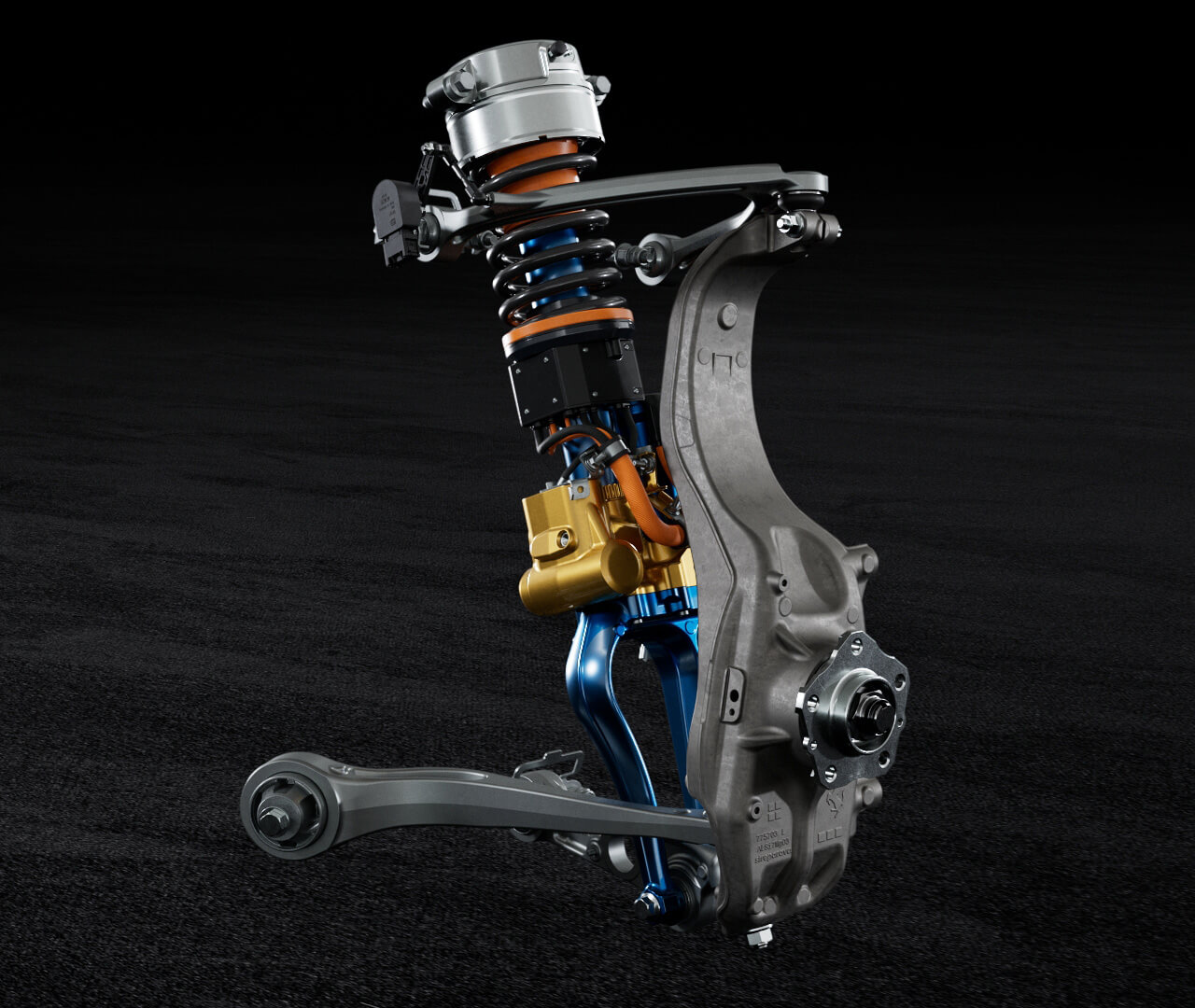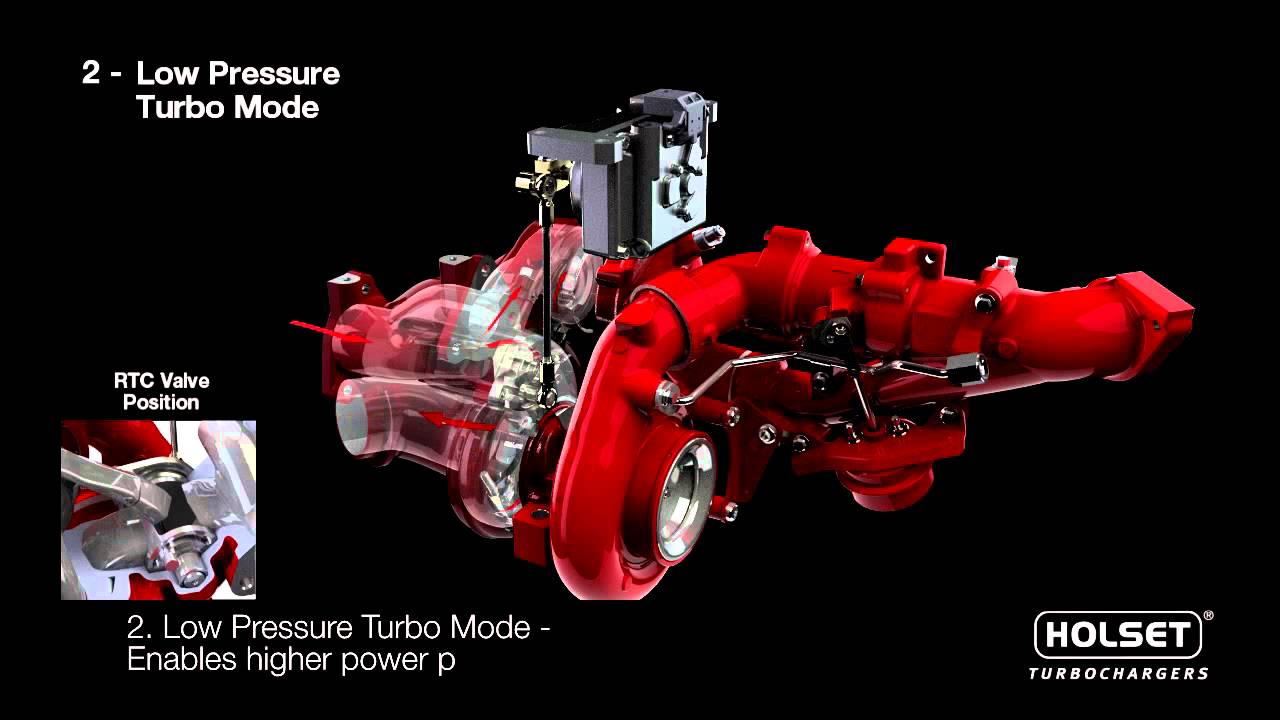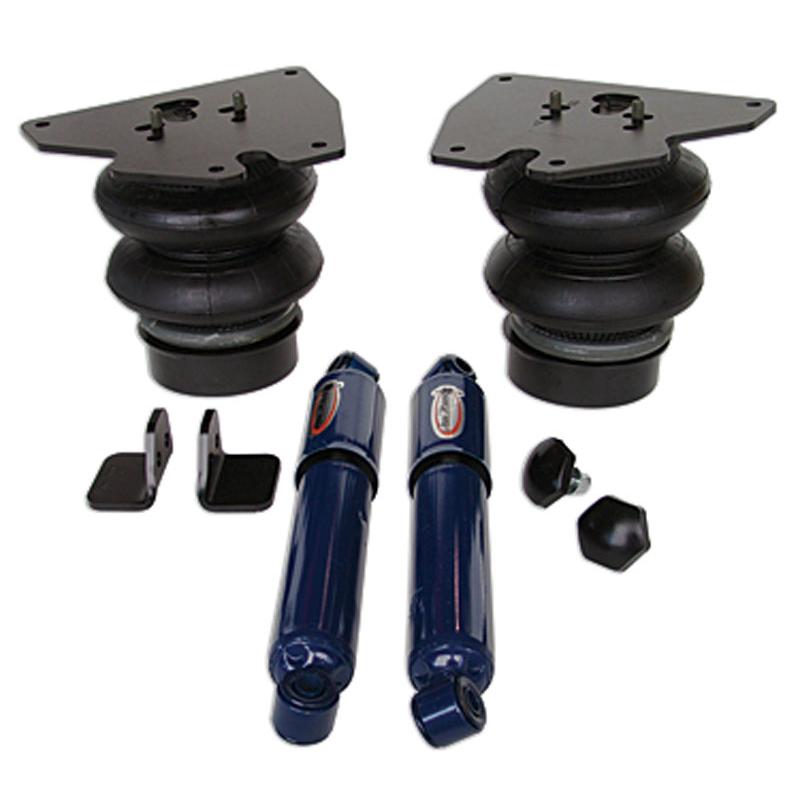Diverse Suspension Technologies: Revolutionizing Vehicle Dynamics
Diverse suspension technologies sets the stage for an exploration of the innovative advancements that are transforming how vehicles handle, ride, and interact with the road. From the fundamental principles of […]

Diverse suspension technologies sets the stage for an exploration of the innovative advancements that are transforming how vehicles handle, ride, and interact with the road. From the fundamental principles of suspension systems to the latest breakthroughs in active and semi-active technologies, this journey delves into the intricacies of a crucial automotive component.
This exploration encompasses the diverse array of suspension systems, their components, and the factors influencing their design. We’ll examine the evolution of suspension technologies, highlighting the historical context that led to today’s sophisticated systems. Furthermore, we’ll delve into the future of suspension, exploring emerging trends and their potential impact on the automotive industry.
Introduction to Suspension Technologies
A suspension system is a critical component of any vehicle, responsible for maintaining contact between the wheels and the road surface while absorbing shocks and vibrations. It plays a crucial role in ensuring a comfortable and safe ride, handling, and stability.
The evolution of suspension technologies has been driven by a desire to improve ride quality, handling, and performance. Early vehicles relied on simple leaf spring systems, but advancements have led to more sophisticated designs, including coil springs, air suspension, and electronic control systems.
Types of Suspension Systems
Suspension systems are categorized based on their design and function. Here are some common types:
- Independent Suspension: Each wheel is connected to the chassis independently, allowing for better handling and ride comfort. This is the most common type of suspension found in modern vehicles. Examples include MacPherson strut, double wishbone, and multi-link systems.
- Dependent Suspension: The wheels on the same axle are connected through a rigid beam or axle, resulting in a simpler design but potentially compromising ride comfort and handling. This is often used in older vehicles or those with a simpler design. Examples include live axle and leaf spring systems.
- Air Suspension: Uses air-filled bellows or springs to adjust ride height and stiffness. This provides excellent ride comfort and allows for adjustments based on load or driving conditions. It is often used in luxury vehicles and trucks. Examples include systems found in vehicles like Mercedes-Benz S-Class and Cadillac Escalade.
- Magnetic Ride Control: Uses electromagnetic fluid to adjust the suspension stiffness. This system provides real-time adjustments based on road conditions and driver input, resulting in a more responsive and controlled ride. Examples include systems found in vehicles like Chevrolet Corvette and Audi A8.
Types of Suspension Systems
Suspension systems are crucial components in vehicles, responsible for providing a smooth ride, handling, and stability. They connect the wheels to the chassis, absorbing shocks and vibrations from the road, ensuring passenger comfort and vehicle control. Various suspension system types are designed with different characteristics, each offering unique advantages and disadvantages.
Independent vs. Dependent Suspension
The fundamental classification of suspension systems lies in their ability to allow individual wheels to move independently or dependently.
Independent suspension systems allow each wheel to move independently of the others, providing better handling and ride quality. This is because each wheel can move up and down without affecting the others, ensuring optimal contact with the road surface. Independent suspension systems are commonly found in modern cars, particularly in the front axle.
Dependent suspension systems, on the other hand, connect the wheels on the same axle through a rigid beam or axle, meaning that when one wheel moves, the other wheel moves in unison. This design is simpler and less expensive to manufacture, but it compromises ride quality and handling compared to independent suspension systems. Dependent suspension systems are often found in rear axles, especially in simpler and less expensive vehicles.
MacPherson Strut vs. Double Wishbone
Two of the most common types of independent suspension systems are the MacPherson strut and the double wishbone.
MacPherson Strut
The MacPherson strut is a simple and cost-effective design that utilizes a single strut to support the wheel and provide damping and spring action. It combines the spring, shock absorber, and strut into a single unit, reducing the overall weight and complexity of the suspension. The strut is attached to the chassis at the top and to the steering knuckle at the bottom. The steering knuckle is connected to the wheel hub, allowing the wheel to move up and down and turn for steering.
Advantages of the MacPherson strut:
- Simple and lightweight design
- Cost-effective to manufacture
- Provides good ride quality and handling for most applications
Disadvantages of the MacPherson strut:
- Can be less responsive and precise than other suspension designs, especially in high-performance applications
- Limited adjustability for tuning
Double Wishbone
The double wishbone suspension system uses two A-shaped arms, known as wishbones, to support the wheel. Each wishbone is connected to the chassis at one end and to the steering knuckle at the other end. The upper and lower wishbones work together to control the wheel’s movement in both vertical and horizontal directions.
Advantages of the double wishbone suspension:
- Provides excellent handling and stability, especially at high speeds
- Offers greater adjustability for tuning
- Can be more durable than other suspension designs
Disadvantages of the double wishbone suspension:
- More complex and expensive to manufacture than the MacPherson strut
- Requires more space for installation
Multi-link vs. Torsion Beam
While the MacPherson strut and double wishbone systems are common in front suspensions, rear suspensions often utilize multi-link or torsion beam systems.
Multi-link Suspension
The multi-link suspension system uses multiple links to control the wheel’s movement. This design offers greater control over wheel geometry, providing improved handling and stability. It also allows for greater adjustability for tuning the suspension. The number of links in a multi-link suspension can vary, with some systems using as many as five links.
Advantages of the multi-link suspension:
- Provides excellent handling and stability
- Offers greater adjustability for tuning
- Improves ride quality and comfort
Disadvantages of the multi-link suspension:
- More complex and expensive to manufacture than other suspension designs
- Requires more space for installation
Torsion Beam Suspension
The torsion beam suspension system uses a single, U-shaped beam that is attached to the chassis at both ends. The beam is connected to the wheels through control arms, and it twists when the wheels move up and down. This twisting action provides the spring and damping forces for the suspension. Torsion beam suspension systems are often used in the rear axle of smaller cars due to their simplicity and low cost.
Advantages of the torsion beam suspension:
- Simple and cost-effective to manufacture
- Lightweight and compact design
Disadvantages of the torsion beam suspension:
- Limited adjustability for tuning
- Can be less responsive and precise than other suspension designs
- Can compromise ride quality and handling, especially in high-performance applications
Diverse Suspension Technologies
The automotive industry continuously innovates to improve vehicle handling, comfort, and safety. Suspension systems play a crucial role in achieving these goals, and diverse technologies have emerged to address specific requirements and enhance overall performance.
Active Suspension Systems
Active suspension systems represent a significant advancement in vehicle dynamics control. They utilize electronically controlled actuators to actively adjust the suspension components, such as dampers and springs, in real-time.
Active suspension systems offer several advantages:
- Adaptive Damping: Active dampers can adjust their damping force based on road conditions, vehicle speed, and driver inputs. This allows for optimal ride comfort and handling, providing a smooth ride on rough surfaces while maintaining stability during cornering.
- Electronically Controlled Suspension: Active suspension systems use sensors to monitor vehicle motion and road conditions. This information is processed by a control unit that adjusts the suspension components accordingly. This results in a more responsive and dynamic suspension system.
Active suspension systems face some challenges:
- Complexity and Cost: Active suspension systems are complex and require sophisticated sensors, actuators, and control units. This adds to the overall cost of the vehicle.
- Reliability and Maintenance: The complexity of active suspension systems can increase the risk of malfunctions and require more frequent maintenance compared to traditional suspension systems.
Semi-Active Suspension Systems
Semi-active suspension systems combine the advantages of active suspension with the simplicity and affordability of passive systems. They use electronically controlled dampers that adjust their damping force based on road conditions and vehicle speed.
Semi-active suspension systems offer several benefits:
- Variable Damping: Semi-active dampers can adjust their damping force, providing a balance between ride comfort and handling. This allows for a smoother ride on rough surfaces while maintaining stability during cornering.
- Electronically Controlled Damping: Semi-active suspension systems use sensors to monitor vehicle motion and road conditions. This information is processed by a control unit that adjusts the damper settings accordingly.
Semi-active suspension systems face some challenges:
- Limited Control: Compared to active suspension systems, semi-active systems have less control over the suspension components. They primarily adjust the damping force, while active systems can control both damping and spring rates.
- Performance Limitations: Semi-active systems are not as effective as active systems in handling extreme road conditions or high-performance driving situations.
Air Suspension Systems, Diverse suspension technologies
Air suspension systems utilize air springs instead of traditional coil springs. These air springs can be inflated or deflated to adjust the ride height and stiffness of the suspension.
Air suspension systems offer several benefits:
- Height Adjustable: Air suspension systems allow for adjustable ride height, which can be beneficial for off-road driving, loading, and entry/exit.
- Load-Sensitive: Air suspension systems can adjust the ride height based on the vehicle’s load, maintaining a consistent ride height even when carrying heavy cargo.
Air suspension systems face some challenges:
- Complexity and Cost: Air suspension systems are more complex and expensive than traditional suspension systems due to the air springs, compressors, and control units.
- Reliability: Air suspension systems can be prone to leaks and failures, which can result in a loss of ride height and control.
Magnetic Ride Control
Magnetic Ride Control is a type of semi-active suspension system that uses magnetically controlled dampers. These dampers utilize a magnetic field to adjust the damping force, providing a rapid and precise response.
Magnetic Ride Control offers several benefits:
- Fast Response: Magnetically controlled dampers can adjust their damping force almost instantaneously, providing a smooth and responsive ride.
- Precise Control: Magnetic Ride Control systems offer precise control over the damping force, allowing for optimal ride comfort and handling.
Magnetic Ride Control systems face some challenges:
- Cost: Magnetic Ride Control systems are more expensive than traditional suspension systems due to the complex dampers and control units.
- Energy Consumption: Magnetic Ride Control systems require a significant amount of energy to operate the dampers, which can impact fuel efficiency.
Future Trends in Suspension Technologies
The automotive industry is constantly evolving, and suspension technology is no exception. As vehicles become more sophisticated and driver demands for enhanced comfort and performance increase, suspension systems are being pushed to their limits. To meet these challenges, engineers are exploring innovative solutions that will revolutionize the way vehicles handle and ride.
Active and Semi-Active Suspension Systems with Advanced Control Algorithms
Active and semi-active suspension systems are becoming increasingly popular in modern vehicles. These systems use sensors and actuators to continuously adjust the suspension stiffness and damping, providing a more comfortable and responsive ride.
Advanced control algorithms are being developed to optimize the performance of these systems, taking into account factors such as road conditions, vehicle speed, and driver input.
- Adaptive damping systems use sensors to monitor road conditions and adjust the damping force accordingly. This helps to improve ride comfort and handling by providing optimal damping for various driving scenarios. For example, a system could increase damping force when cornering to improve stability or reduce damping force when driving on rough roads to improve comfort.
- Magneto-rheological (MR) dampers use magnetic fields to control the viscosity of the fluid within the damper. This allows for quick and precise adjustments to damping force, providing a more responsive and controlled ride. MR dampers are particularly well-suited for high-performance vehicles, where precise control over suspension response is crucial.
- Electro-hydraulic actuators use electric motors to control the movement of hydraulic cylinders, allowing for precise and powerful adjustments to suspension stiffness. These actuators are often used in active suspension systems, where they can provide a wider range of adjustments than traditional passive systems.
Integration of Suspension Systems with Autonomous Driving Technology
Autonomous driving technology is rapidly advancing, and suspension systems are playing a crucial role in enabling safe and comfortable autonomous vehicles.
Autonomous vehicles rely on advanced sensor systems to navigate their surroundings and make decisions.
These sensors can also be used to provide information to the suspension system, allowing it to adjust to road conditions and optimize ride comfort.
- Predictive suspension systems use sensor data to anticipate upcoming road conditions, such as bumps or curves. This allows the system to adjust suspension settings in advance, providing a smoother and more controlled ride. For example, a system could detect a pothole ahead and adjust the suspension stiffness to minimize the impact on the vehicle.
- Adaptive suspension systems can be used to optimize vehicle stability and handling during autonomous driving. For example, a system could adjust suspension stiffness to compensate for the vehicle’s center of gravity shift during acceleration or braking, improving stability and preventing rollover.
- Active suspension systems can be used to improve the ride comfort of autonomous vehicles, especially during long journeys. By adjusting suspension settings based on road conditions and driver preferences, these systems can minimize vibrations and provide a more comfortable ride.
Development of Lightweight and Durable Suspension Materials
As the automotive industry focuses on reducing vehicle weight to improve fuel efficiency and performance, there is a growing demand for lightweight and durable suspension materials.
Traditional steel suspension components are being replaced with lighter materials such as aluminum and composites.
- Aluminum alloys offer significant weight savings compared to steel, without compromising strength or durability. This makes them ideal for suspension components such as control arms, knuckles, and springs. For example, an aluminum control arm can be up to 50% lighter than a steel counterpart.
- Composite materials, such as carbon fiber reinforced polymer (CFRP), are even lighter than aluminum and offer exceptional strength-to-weight ratios. This makes them suitable for high-performance applications, where weight reduction is paramount. For example, CFRP springs can be used to reduce unsprung mass, improving handling and ride comfort.
Focus on Improved Ride Comfort, Handling, and Safety
Modern suspension systems are designed to provide a balance of ride comfort, handling, and safety.
Engineers are constantly working to improve these aspects, using advanced technologies and materials to create suspension systems that are both comfortable and capable.
- Active noise cancellation (ANC) systems can be integrated into suspension systems to reduce noise and vibration transmitted into the cabin. This helps to create a more peaceful and comfortable ride, especially on rough roads. For example, ANC systems can be used to reduce tire noise and road noise, improving the overall ride quality.
- Electronic stability control (ESC) systems use sensors to detect and correct vehicle instability, improving safety and handling. These systems are often integrated with suspension systems, allowing them to adjust suspension settings to enhance stability and prevent skidding.
End of Discussion: Diverse Suspension Technologies

As we conclude our exploration of diverse suspension technologies, it becomes clear that the quest for enhanced vehicle dynamics is an ongoing journey. From the fundamental principles to the latest innovations, suspension systems play a pivotal role in shaping the future of mobility. The advancements in active and semi-active technologies, coupled with the integration of autonomous driving, are poised to redefine our driving experience, ensuring a smoother, safer, and more enjoyable ride.
Diverse suspension technologies are crucial for optimizing vehicle performance, from the smooth ride of luxury cars to the agility of high-performance sports vehicles. This field is constantly evolving, with innovative solutions being developed across the globe. If you’re passionate about automotive engineering and looking for a challenging career in this dynamic field, consider exploring technology jobs in Boston, MA.
Boston is a hub for automotive research and development, offering a wide range of opportunities to contribute to the future of suspension technologies.










